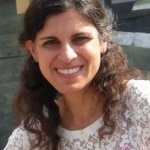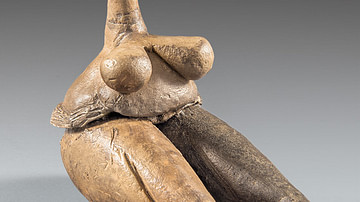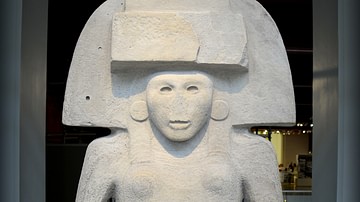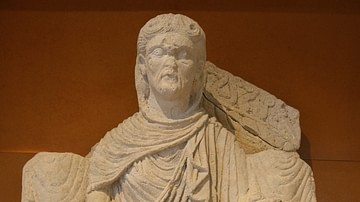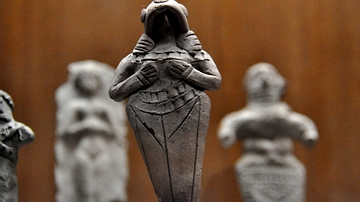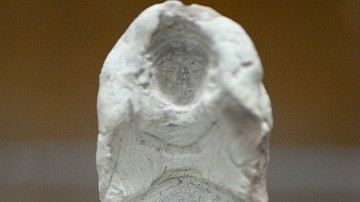Illustration
Neolithic clay altar figurine of a mother goddess from Tumba Madzari, North Macedonia, the second half of the 6th millennium BCE.
Archaeological Museum of the Republic of Macedonia, Skopje.
Tumba Madzari (lit. hill of the tomb) is a Neolithic settlement inhabited between 6000 and 4300 BCE. Located in the north-east of Skopje, it is one of the numerous prehistoric sites that are widely scattered across North Macedonia, where evidence of the early eastern European agricultural communities dwelling persistently near their fields as primary villagers have been profusely unearthed. These finds include a remarkable collection of clay figurines in the complex shape of a large female figure combined with a windowed chamber house.
The typical size and dimensions of these sculptures make them look suitable for placing on small platforms and niches in the interior spaces, a placement that underlines an idea for their probable function as domestic shrines or altars. The elevated and mounting figure of the woman with large eyes, projected breasts, and open bent arms as if holding up or spreading out her skirt is immaculately merged with the box-like stand below her, inspiring most scholars to draw a close connection between such figurines and an indigenous cult of worshipping a mother goddess. The cubic shape of the houses excavated in the Macedonian provenances of these altar figures supports correlation with the idea of home, family, and the life-giving and all-embracing mother-protector of the house. On the other hand, the funerary custom of burying the dead in an embryonic position in these Neolithic settlements might be indicative of a chthonic cult presided by the same, or a different, subterranean mother goddess in prehistoric Macedonia.
About the Author
External Links
Cite This Work
APA Style
Choubineh, N. (2024, August 28). Neolithic Clay Altar Figurine of a Mother Goddess. World History Encyclopedia. Retrieved from https://www.worldhistory.org/image/19357/neolithic-clay-altar-figurine-of-a-mother-goddess/
Chicago Style
Choubineh, Nathalie. "Neolithic Clay Altar Figurine of a Mother Goddess." World History Encyclopedia. Last modified August 28, 2024. https://www.worldhistory.org/image/19357/neolithic-clay-altar-figurine-of-a-mother-goddess/.
MLA Style
Choubineh, Nathalie. "Neolithic Clay Altar Figurine of a Mother Goddess." World History Encyclopedia. World History Encyclopedia, 28 Aug 2024, https://www.worldhistory.org/image/19357/neolithic-clay-altar-figurine-of-a-mother-goddess/. Web. 16 Apr 2025.
